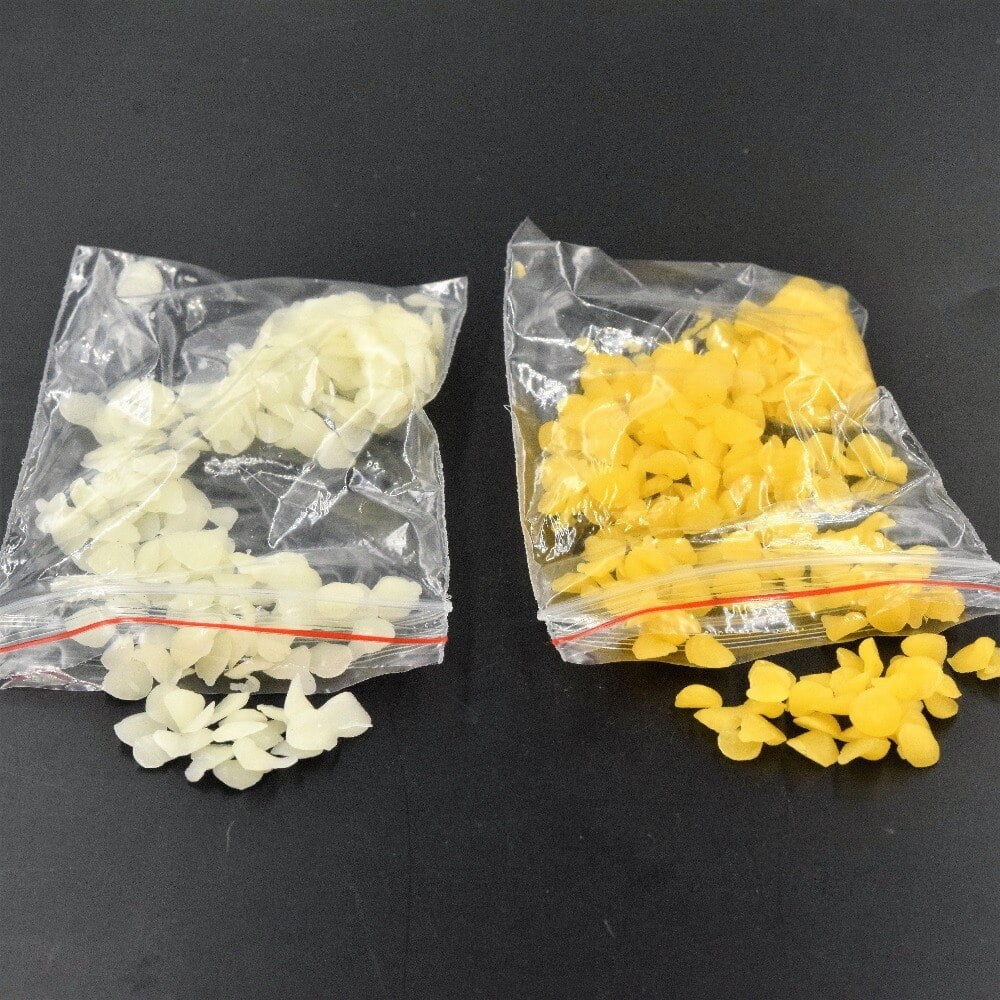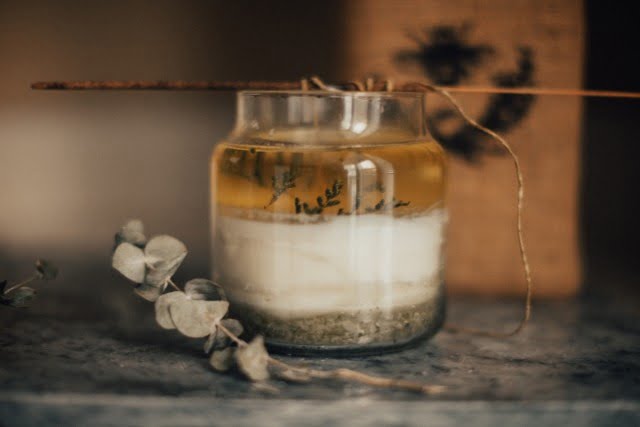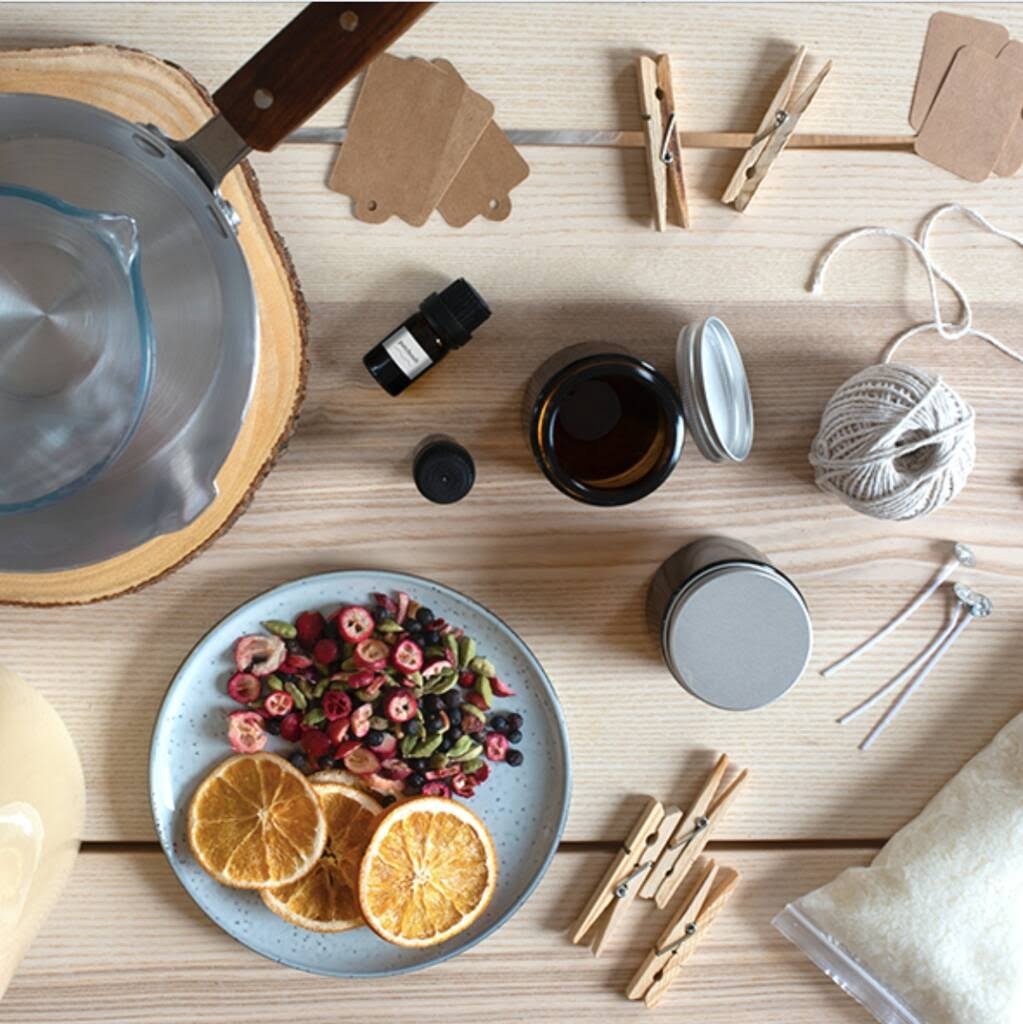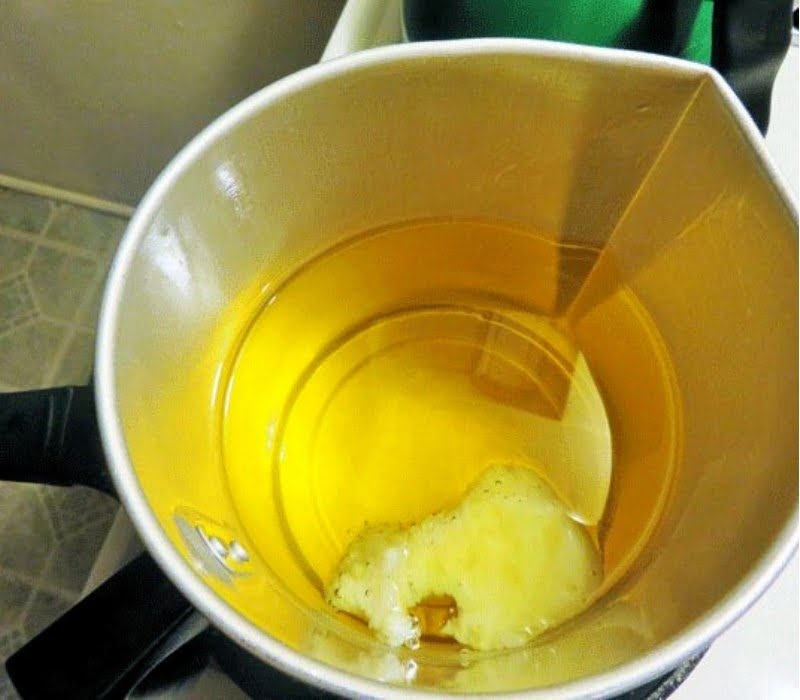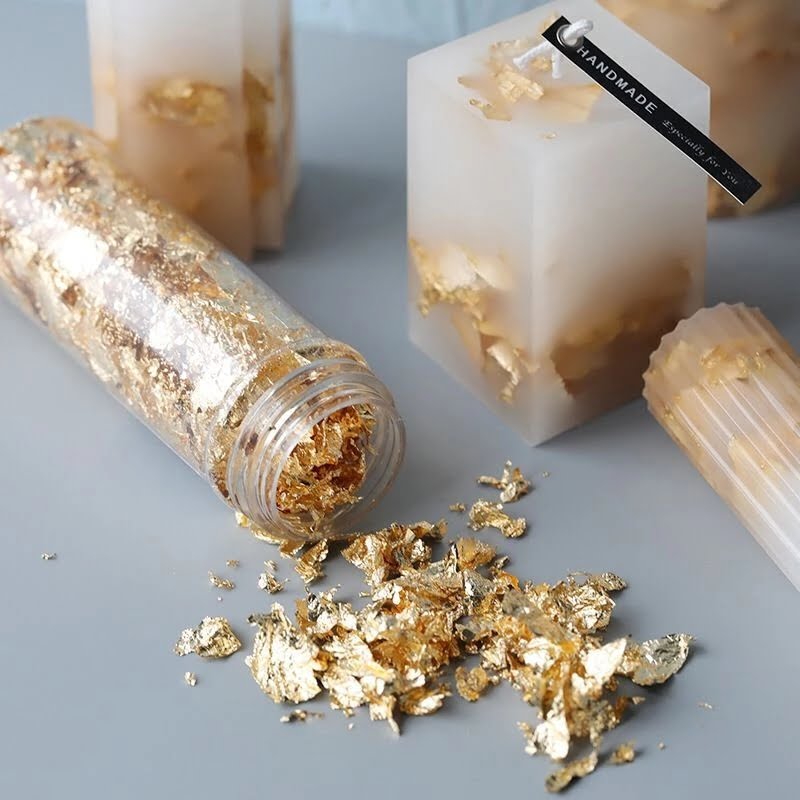Colored candles have always held a special allure, captivating our attention with their mesmerizing hues. These vibrant creations bring warmth and ambiance to any space, whether it’s a cozy living room or a romantic dinner table. In this article, we will explore the art of making colored candles, delving into the intricacies of creating these beautiful objects that add a personal touch to our homes and lives.
There is something truly magical about crafting your own colored candles. Unlike store-bought options, handmade candles allow you to infuse your personality and creativity into every aspect – from choosing the colors and designs to selecting scents that evoke specific moods or memories. With each flicker of light comes the satisfaction of knowing that you contributed to its beauty – an experience that simply cannot be replicated by purchasing mass-produced alternatives.
Another appealing aspect of making colored candles is the cost-effectiveness it offers. By investing in basic materials and tools, you can create an array of stunning candles for a fraction of the price you would spend on buying ready-made ones. This not only saves you money but also gives you the freedom to experiment with different combinations of colors and patterns, crafting unique pieces that reflect your individual style.
Whether you are seeking to enhance your home decor or looking for a potential side business opportunity, learning how to make colored candles opens up a world of possibilities. It allows you to tap into your artistic side while enjoying the therapeutic benefits associated with candle-making. So let us embark on this colorful journey together as we delve into the wonderful world of making colored candles – where creativity knows no bounds.
Benefits of Making your own Colored Candles
Making your own colored candles offers several benefits that make it a worthwhile and enjoyable activity. One of the main advantages is that it is a cost-effective and budget-friendly option compared to buying colored candles. Purchasing ready-made colored candles from stores can be expensive, especially if you have a preference for unique colors or specific designs. By making your own colored candles, you can save money on both the candles themselves and the customization options.
Another benefit of making your own colored candles is the ability to customize and create unique colors and designs. When you make your own candles, you have full control over the color palette and can mix dyes or color blocks to achieve precisely the shade you desire.
This allows for greater personalization of your candle collection and provides an opportunity for artistic expression. Whether you want vibrant, eye-catching colors or subtle pastels, making your own colored candles allows you to bring your vision to life.
Additionally, making colored candles can open up potential opportunities for selling them as a side business. Many people appreciate the charm and uniqueness of handmade items, including homemade candles. By perfecting your candle-making skills and creating beautiful colored candles, you may attract customers who are looking for one-of-a-kind creations. Selling homemade colored candles can be a rewarding way to turn a passion into profit while sharing the beauty of handmade goods with others.
| Benefits |
|---|
| Cost-effective alternative to buying |
| Ability to customize colors and designs |
| Potential for selling as a side business |
Essential Materials and Tools for Making Colored Candles
To successfully make colored candles, it is important to have the right materials and tools on hand. This section will provide a comprehensive list of the essential supplies needed for making colored candles, explain the different types of waxes suitable for coloring, and stress the importance of using high-quality materials for better results.
List of Necessary Supplies
Before starting your colored candle making project, gather the following supplies:
1. Wax: Choose a wax specifically designed for candle making. Options include paraffin wax, soy wax, beeswax, and palm wax. Each type has its own unique characteristics and melting points, so be sure to select the one that best suits your needs.
2. Wicks: Select wicks that are appropriate for the size and type of candle you are making. Cotton wicks are a popular choice due to their clean burn and ease of use.
3. Colorants: To achieve vibrant colors in your candles, colorants such as liquid dyes or color blocks can be added to the melted wax. For those who prefer natural options, consider using botanicals or herbs like dried flowers or spices as colorants.
4. Fragrance Oils: If desired, fragrance oils can be added to create scented colored candles. Choose from a wide range of fragrance options to suit your personal preferences or match specific occasions.
5. Heat Source: A heat source is necessary to melt the wax properly. Use either a double boiler or a dedicated melting pot with a thermometer to ensure safe and accurate temperature control.
6. Containers or Molds: The choice of containers or molds will depend on the style and design you want for your colored candles. Popular options include glass jars, tins, votive holders, or silicone molds.
Using High-Quality Materials
Using high-quality materials is crucial when making colored candles to ensure optimal results. Inferior quality materials may affect the color vibrancy, scent throw, or even the burn time of the candles. Invest in reputable brands that specialize in candle making supplies to achieve better outcomes.
When choosing wax, for example, opt for wax specifically formulated for colored candles. This type of wax has additives that help retain vibrant colors and prevent fading over time. Additionally, using high-quality wicks ensures a clean and even burn while reducing the risk of tunneling or excessive smoking.
It is also important to use fragrance oils and colorants that are specifically designed for candle making. These products are specially formulated to be safe and stable when used with wax. Non-candle-specific options may not mix well with the wax or produce undesirable results.
Choosing the Right Colors for your Colored Candles
Choosing the Right Colors for Your Colored Candles
When it comes to making colored candles, selecting the right colors is an important step in creating the desired aesthetic and ambiance. Whether you are making candles for your own enjoyment or as gifts for others, the colors you choose can greatly impact the overall look and feel of the finished product. In this section, we will explore color theory and provide tips on selecting colors that complement your home decor or special occasions.
Understanding Color Theory
Before diving into color selection, it is helpful to have a basic understanding of color theory. Color theory refers to the study of how colors interact with each other and how they can be combined to create different visual effects. The color wheel is a useful tool for understanding these relationships.
The color wheel consists of primary colors (red, blue, and yellow), secondary colors (created by mixing primary colors together – orange, green, and purple), and tertiary colors (a combination of primary and secondary colors). By using this knowledge of color theory, you can create harmonious combinations or choose contrasting hues to make a statement with your colored candles.
Tips for Selecting Colors
When choosing colors for your colored candles, consider factors such as personal preference, room decor, or the occasion for which they are intended:
1. Personal Preference: Start with your own taste when selecting candle colors. Do you prefer bold and vibrant shades or more subtle pastel tones? Consider what appeals to you aesthetically and go from there.
2. Room Decor: If you plan on displaying your colored candles in a specific room, take into account its existing color scheme. Choose candle colors that complement or accentuate the room’s decor to create a cohesive look.
3. Special Occasions: For occasions such as birthdays or weddings, coordinate your colored candles with the event’s theme or color palette. This adds a personalized touch and helps tie everything together.
Types of Colorants
When adding color to your candles, there are various options to choose from. Liquid dyes, color blocks, and natural colorants are commonly used in candle making.
1. Liquid Dyes: These highly concentrated liquid dyes are easy to use and provide vibrant colors. They can be mixed to create custom shades or diluted for more pastel hues.
2. Color Blocks: Color blocks are solid chunks of colored wax that melt and blend with the candle wax when heated. They are convenient for achieving consistent colors and are available in a wide range of shades.
3. Natural Colorants: For those who prefer using natural materials, there are options such as herbs, spices, or botanical extracts that can be used as colorants. Natural colorants can produce earthy tones and add unique visual appeal to your colored candles.
By considering color theory, personal preferences, room decor, and the occasion at hand, you can create beautifully colored candles that suit your individual style or make thoughtful gifts that are tailored to the recipient’s taste. Remember to experiment and have fun with different color combinations to unlock your creativity and truly enjoy the process of making colored candles.
Step-by-Step Guide to Making Colored Candles
Making colored candles can be a fun and rewarding creative activity. With just a few steps, you can transform plain wax into beautiful and vibrant candles that will add a touch of color to any space or occasion. Whether you’re a beginner or have some experience with candle making, this step-by-step guide will walk you through the process of creating your own colored candles.
1. Prepare the Wax: Start by melting the wax in a double boiler or a melting pot. It’s important to use a thermometer to monitor the temperature and ensure it doesn’t exceed the recommended range for your specific type of wax. Stir the wax gently as it melts to ensure even heating.
2. Add Colorants: Once the wax has reached the desired melting point, it’s time to add colorants. There are various options available such as liquid dyes, color blocks, or natural alternatives like beetroot powder or turmeric. Begin by adding a small amount of colorant and stir well to distribute it evenly throughout the melted wax. Gradually increase the amount until you achieve your desired color intensity.
3. Customize with Fragrance: If you prefer scented candles, this is the perfect time to add fragrance oils. Choose from a wide variety of scents that appeal to your senses and complement your chosen colors. Be sure to follow the manufacturer’s recommendations for fragrance oil usage and stir thoroughly to ensure an even distribution.
4. Prepare Molds and Wicks: While your colored wax is still melted, prepare your molds by applying mold release spray or lining them with parchment paper for easy removal later on. Place pre-tabbed wicks at the center of each mold, securing them in place using wick stickers or hot glue.
5. Pouring Process: Now comes the exciting part – pouring the colored wax into your prepared molds. Slowly pour the melted wax into each mold, taking care not to overflow or spill. Leave a small gap at the top for later trimming of the wick. If you want layered or marbled effects, pour multiple colors in stages and use swirling techniques with a skewer or toothpick.
6. Cooling and Finishing: Allow the candles to cool and fully harden before removing them from the molds. This process may take several hours or overnight depending on the type and size of your candles. Once cooled, carefully trim the wicks to a suitable length and clean any excess wax around the edges for a polished look.
Now that you have successfully created your own colored candles, it’s time to light them up and enjoy their beauty. Remember to always practice safety precautions when burning candles, such as keeping them away from flammable materials and never leaving them unattended. Get creative with different color combinations and experiment with various candle shapes and sizes to truly make your colored candles unique.
Safety Precautions for Making Colored Candles
Making colored candles can be a wonderful and fulfilling craft, but it is important to prioritize safety while working with hot wax. Here are some essential safety precautions to keep in mind during the candle making process:
- Protect yourself: Before you begin, make sure to wear appropriate protective gear such as heat-resistant gloves and an apron or smock to prevent burns and stains on your clothes. Consider wearing safety goggles or glasses to protect your eyes from any splatters or accidents.
- Work in a well-ventilated area: When melting the wax, ensure that you are in a well-ventilated space or have a fan or open window nearby. This will help dissipate any fumes that may be released during the melting process.
- Handle hot wax with caution: Always remember that melted wax is extremely hot and can cause severe burns. Use heat-resistant tools such as a double boiler or a dedicated melting pot when handling hot wax. Avoid touching the sides of containers as they can become scalding hot.
- Keep fire safety in mind: Never leave your melting wax unattended and always use a sturdy, heat-resistant surface like a metal cookie sheet or silicone mat underneath your containers to prevent any accidental spills or fires. Keep a fire extinguisher nearby just in case of emergencies.
- Be mindful of flammable materials: Eliminate any potential hazards by removing flammable objects from your workspace, including loose paper, fabric, or decorations that could catch fire easily.
- Properly store your materials: After completing your candle making session, make sure to store your materials safely away from heat sources, direct sunlight, and any flammable items. Keep them out of reach of children and pets.
- Educate yourself: Familiarize yourself with specific safety instructions for the type of wax you are using as different waxes may have different requirements and hazards associated with them.
By following these safety precautions, you can enjoy the process of making colored candles without any accidents or injuries. Always prioritize your safety and take necessary precautions to ensure a successful and enjoyable candle making experience.
Troubleshooting Common Issues in Colored Candle Making
Making colored candles can be a fun and rewarding experience, but sometimes things don’t go according to plan. Fortunately, many common issues that arise during the candle making process can be easily resolved. In this section, we will address some of the most common problems that candle makers encounter and provide helpful solutions to fix or prevent these issues in future projects.
1. Uneven color distribution: One of the most frustrating problems in colored candle making is when the color does not distribute evenly throughout the wax. This can result in streaks or patches of color on the finished candle.
To avoid this issue, make sure to thoroughly mix the colorant into the melted wax before pouring it into the molds. You can use a whisk or a spoon to stir the mixture until you achieve a smooth and even consistency. Additionally, ensure that you are using high-quality colorants specifically designed for candle making, as low-quality dyes may not disperse evenly.
2. Air bubbles: Another common problem is the formation of air bubbles within the candle. These bubbles can create unsightly gaps or holes in your finished product.
To prevent air bubbles from forming, it is important to pour your wax slowly and at a consistent temperature. Avoid stirring too vigorously as this can introduce air into the mixture. If you do notice air bubbles after pouring, gently tap or wiggle the mold to release any trapped air before allowing the wax to cool and solidify.
3. Frosting: Frosting refers to a crystalline white layer that forms on the surface of soy or soy blend candles as they cool. While some people find frosting adds character and charm to their candles, others prefer a smooth finish. To minimize frosting, try pouring your wax at a slightly higher temperature and avoid rapid cooling or drastic temperature changes during curing.
By following these troubleshooting tips and techniques, you’ll be able to overcome common issues that may arise during colored candle making. Remember, mistakes and learning from them are part of the creative process, so don’t get discouraged. With practice and experimentation, you’ll become more adept at troubleshooting and perfecting your colored candles. Happy candle making.
Creative Ideas for Decorating and Displaying Colored Candles
When it comes to colored candles, the options for decorating and displaying them are limitless. In this section, we will explore some creative ideas that will enhance the visual appeal of your colored candles and make them stand out in any space.
One idea for decorating colored candles is to use a technique called “dipped” candles. This involves partially dipping the bottom of the candle into a different color wax, creating a stunning gradient effect. For example, you can dip a white candle into pink wax and then into purple wax to create a beautiful ombre effect. This technique not only adds visual interest to your colored candles but also allows you to experiment with different color combinations.
Another way to decorate colored candles is by using decorative materials such as dried flowers or herbs. You can press these items onto the surface of the candle while the wax is still warm, creating a unique and textured design. For instance, lavender buds or rose petals can be pressed onto a lavender-colored candle, creating an elegant and natural look.
If you’re looking for a more elaborate display option, consider making your own candle holders. You can use various materials such as mason jars, wine glasses, or even sea shells to hold your colored candles. Personalize these holders further by painting them with coordinating colors or adding embellishments such as ribbons or beads. The combination of your handmade colored candles with custom-made holders will create a truly special centerpiece or decor item.
Conclusion and Final Thoughts on Making Colored Candles
In conclusion, making colored candles can be an incredibly rewarding and fulfilling craft. Not only do colored candles add a touch of beauty and sophistication to any space, but they also offer a personal touch that cannot be replicated by store-bought options.
Throughout this article, we have explored the benefits of making your own colored candles, essential materials and tools needed, tips for choosing the right colors, step-by-step instructions, safety precautions to keep in mind, troubleshooting common issues, and creative ideas for decorating and displaying colored candles.
One of the key advantages of making your own colored candles is the cost-effectiveness compared to purchasing them. By investing in some basic supplies and ingredients, you can create an array of unique colors and designs that match your taste and style. Additionally, making colored candles opens up the possibility of turning it into a profitable side business. With creativity and dedication, you can sell your handmade creations at local markets or online platforms.
Furthermore, creating colored candles allows you to tap into your artistic side by experimenting with different colors and techniques. From solid hues to layered or marbled effects, the possibilities are endless.
Whether you are looking to complement your home decor or create special candles for occasions like weddings or birthdays, understanding color theory will help you choose the right shades. By using various colorants such as liquid dyes, color blocks, or natural options like herbs and flowers, you can achieve stunning results.
In essence, making colored candles is not just about producing beautiful decorations; it is an opportunity to express yourself creatively while enjoying a soothing process. So why not give it a try? Embrace the joy of candle making and let your personal touch shine through in every candle you create.
Remember to follow safety precautions diligently to ensure that your candle-making experience remains enjoyable without any accidents or injuries. Let your imagination run wild as you explore different techniques for coloring and decorating your candles – from adding scents with fragrance oils to incorporating them into elegant candle holders or unique gift packaging.
The possibilities are truly endless, and the beauty and warmth that colored candles bring are sure to uplift any space and add a touch of charm to your life.

Welcome to my candle making blog! In this blog, I will be sharing my tips and tricks for making candles. I will also be sharing some of my favorite recipes.

